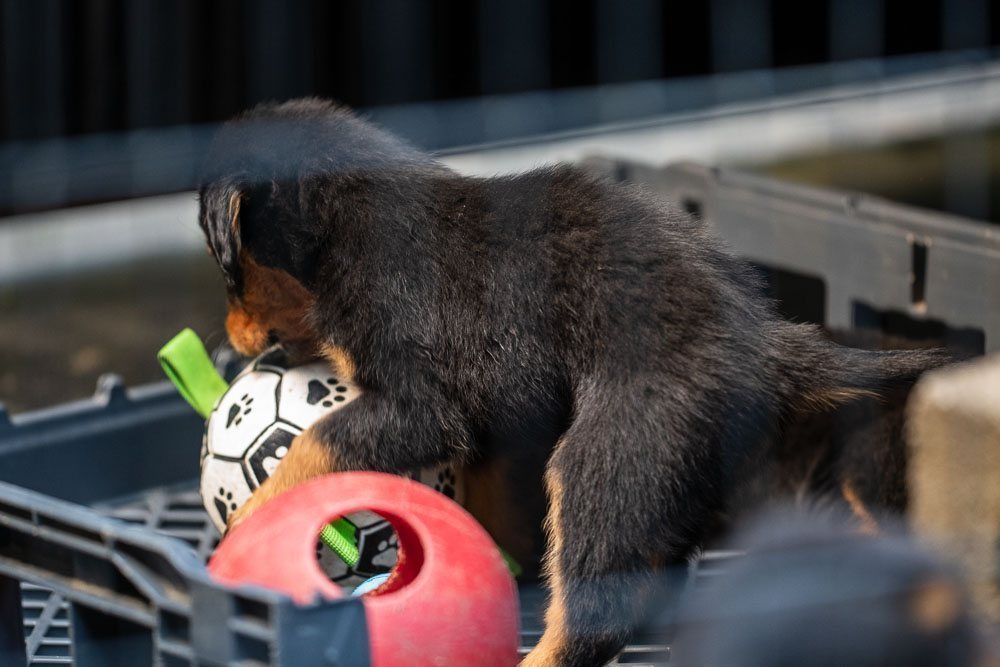Conservation breeding programs for working dogs aim to preserve the traits and characteristics that make these dogs effective in their roles, such as hunting, herding, and guarding. However, these programs must also avoid inbreeding depression, which occurs when there is a reduction in genetic diversity due to repeated breeding between closely related individuals. To strike a balance between inbreeding depression and consistency in a breeding program, breeders need to carefully select breeding pairs based on their genetic diversity and the traits they possess.
Sire lines, dam lines, and haplotypes are important tools that breeders can use to identify the genetic makeup of each dog and make more informed decisions about which dogs to breed and which to avoid. By analyzing the traits and characteristics of the dogs in each line, breeders can identify which lines have a history of producing strong working traits and use this information to select breeding pairs that are more likely to pass on these traits to their offspring.
However, breeders must also avoid inbreeding depression by introducing new genetic material into the population. One way to achieve this is to establish a breeding program with a large pool of genetically diverse dogs. The use of outcrossing and artificial insemination can also help to introduce new genetic material into the population.
Additionally, advanced genetic analysis tools, such as genome sequencing and marker-assisted selection, can help breeders identify and track specific genes associated with desired traits. This can help breeders identify dogs with the desired traits without relying solely on closely related individuals.
In conclusion, conservation breeding programs for working dogs require careful selection of breeding pairs and the use of advanced genetic analysis tools to strike a balance between inbreeding depression and consistency. By maintaining genetic diversity while also selecting for desirable traits, breeders can help ensure the long-term health and success of their breeding program. Conservation breeding programs play a crucial role in preserving working dogs, and by carefully managing these programs, breeders can ensure that these valuable animals continue to serve us well in the future.

